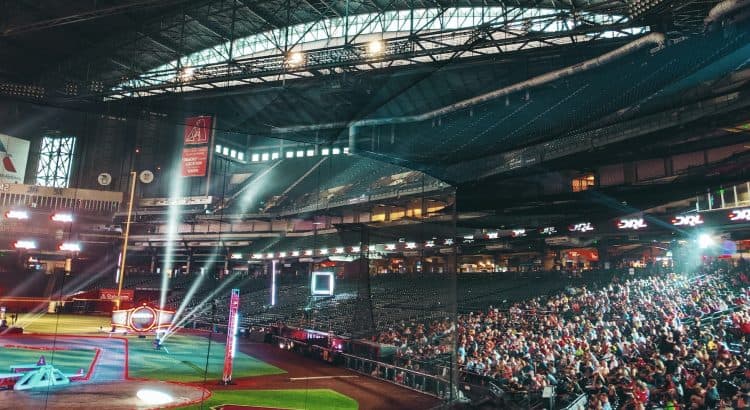Drone racing is a competitive sport where participants fly small, remote-controlled drones at high speeds through a designated racecourse. It combines the thrill of piloting drones with the excitement of a competitive race. Drone racing has gained popularity in recent years, with organized events, leagues, and championships taking place around the world.
In drone racing, pilots use first-person view (FPV) goggles or monitors to see a live video feed from the drone’s onboard camera. This allows them to have a perspective as if they were sitting inside the drone, navigating through the racecourse. The drones used in racing are typically small, lightweight, and agile, capable of reaching high speeds and performing quick maneuvers.
Racecourses for drone racing are often set up in outdoor or indoor spaces and feature various obstacles, such as gates, flags, hoops, or pylons, that the drones must navigate through. The courses are designed to test the pilots’ skills in controlling the drones and maneuvering them through tight turns, loops, and other challenging elements. Speed, agility, precision, and strategy are key factors in achieving success in drone racing.
Drone racing events can range from casual meetups and local competitions to larger-scale tournaments and international championships. Some events even offer cash prizes and sponsorships for top-performing pilots. The races are often broadcasted live, allowing spectators to watch the action from multiple camera angles and experience the excitement of high-speed drone racing.
Drone racing not only appeals to pilots and enthusiasts but also attracts spectators and fans who enjoy the fast-paced action and technological aspects of the sport. It has also sparked advancements in drone technology, pushing the boundaries of drone design, performance, and control systems.
